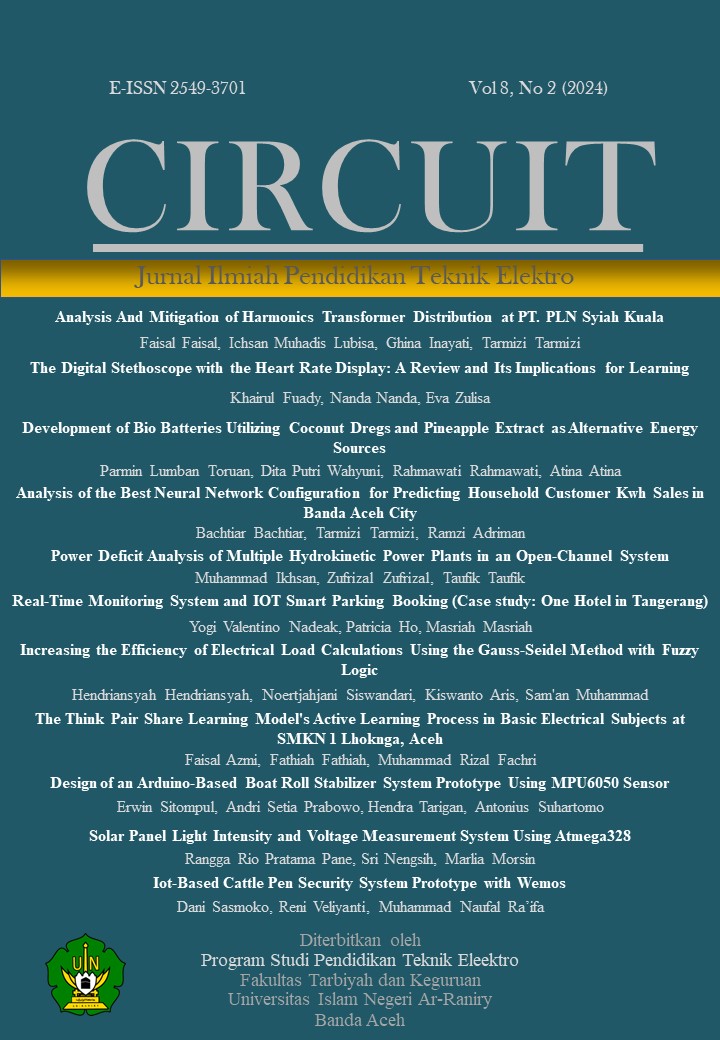The Think Pair Share Learning Model's Active Learning Process in Basic Electrical Subjects at SMKN 1 Lhoknga, Aceh
DOI:
https://doi.org/10.22373/crc.v8i2.22089Keywords:
Learning Model, Think Pair Share, Basic ElectricityAbstract
Vocational high school curriculum aimed to prepare pupils for careers in specific industries. Student learning results are significantly impacted by the vocational school learning process. Students' comprehension at SMKN 1 Lhoknga is still deficient since the learning model used is not as effective in maximizing the growth of students' understanding. Applying the Think Pair Share learning paradigm, which is in line with the learner-centered curriculum, is one option to solve this issue. This study employs a quantitative methodology and involved 27 pupils in class X TITL SMKN 1 Lhoknga. Questionnaires and observation sheets are the tools employed. The findings demonstrated that, according to the Think Pair Share learning model, students' average level of activity was 79, with a trend of 79 > 73.3, placing them in the very high category. The percentage of students who responded is 77.04%. it can be concluded that the utilization of the Think Pair Share approach can raise students' engagement with basic electrical materials, according to the study's findings.
Downloads
Published
Issue
Section
License
Authors who publish in CIRCUIT: Jurnal Ilmiah Pendidikan Teknik Elektro agree to the following terms:
- Authors retain copyright and grant the journal right of first publication with the work licensed under a Creative Commons Attribution-ShareAlike 4.0 International License (CC BY-SA 4.0) that allows others to share and adapt the work with an acknowledgement of the authorship and initial publication in this journal
- Authors are able to enter into separate, additional contractual arrangements for the non-exclusive distribution of the journal's published version of the work (e.g., post it to an institutional repository or publish it in a book), with an acknowledgment of its initial publication in this journal.
- Authors are permitted and encouraged to post their work online (e.g., in institutional repositories or on their website) prior to and during the submission process, as it can lead to productive exchanges, as well as earlier and greater citation of published work. (See The Effect of Open Acces)

